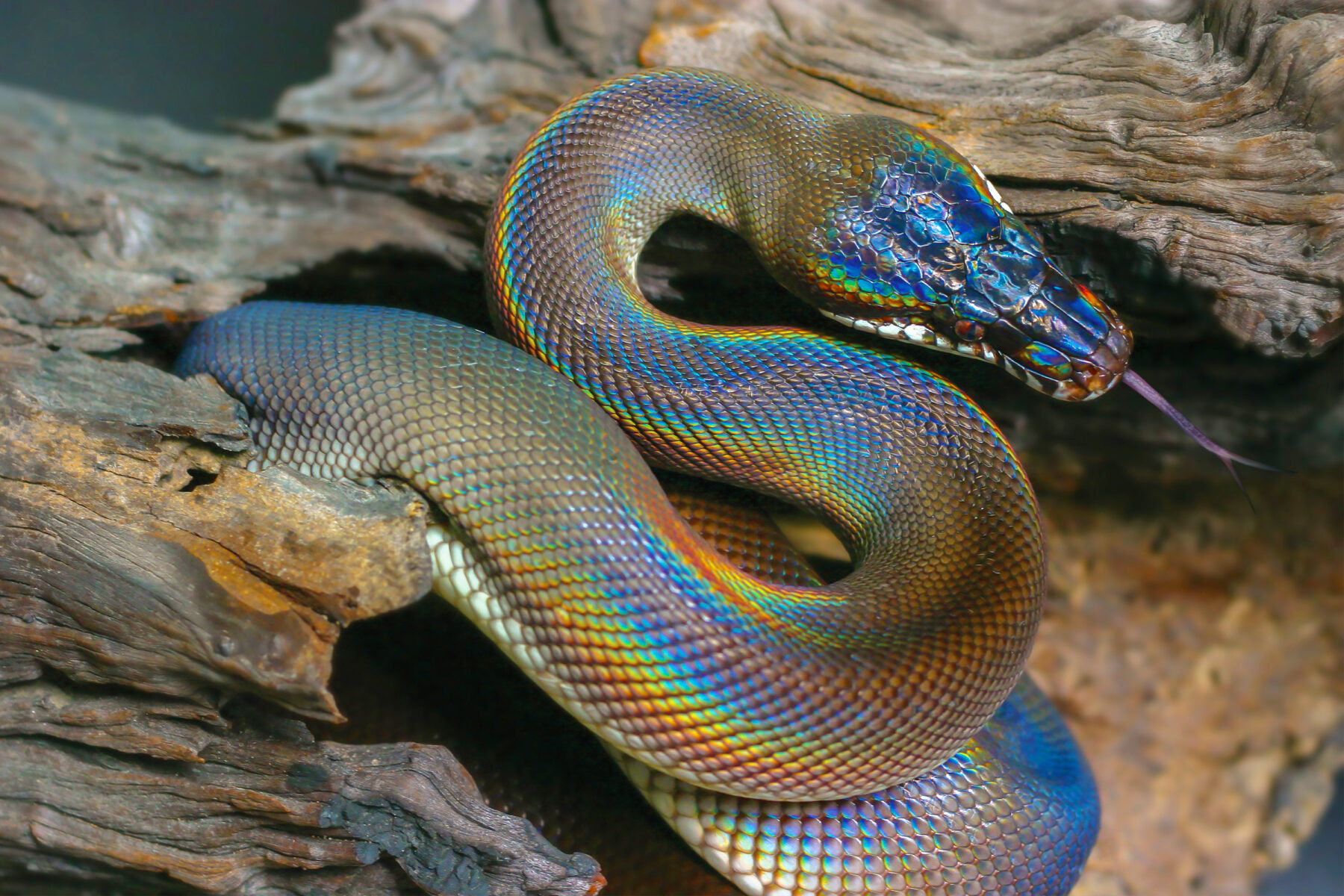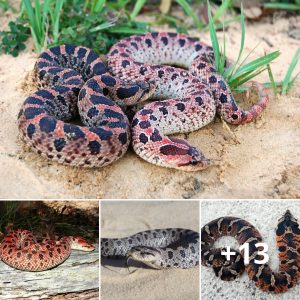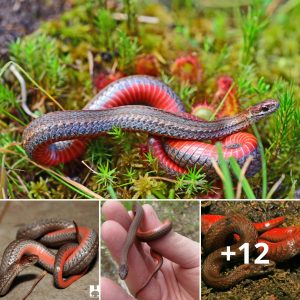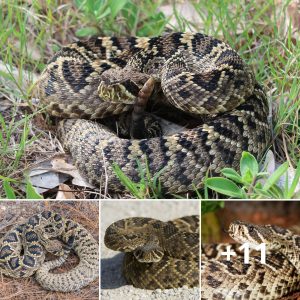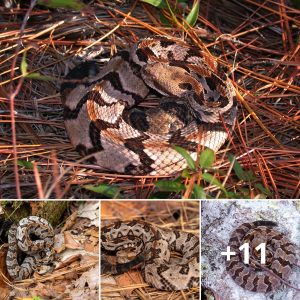Meet the rainbow serpent: the white-lipped python
Bec Crew is a Sydney-based science communicator with a love for weird and wonderful animals. From strange behaviours and special adaptations to newly discovered species and the researchers who find them, her topics celebrate how alien yet relatable so many of the creatures that live amongst us can be.
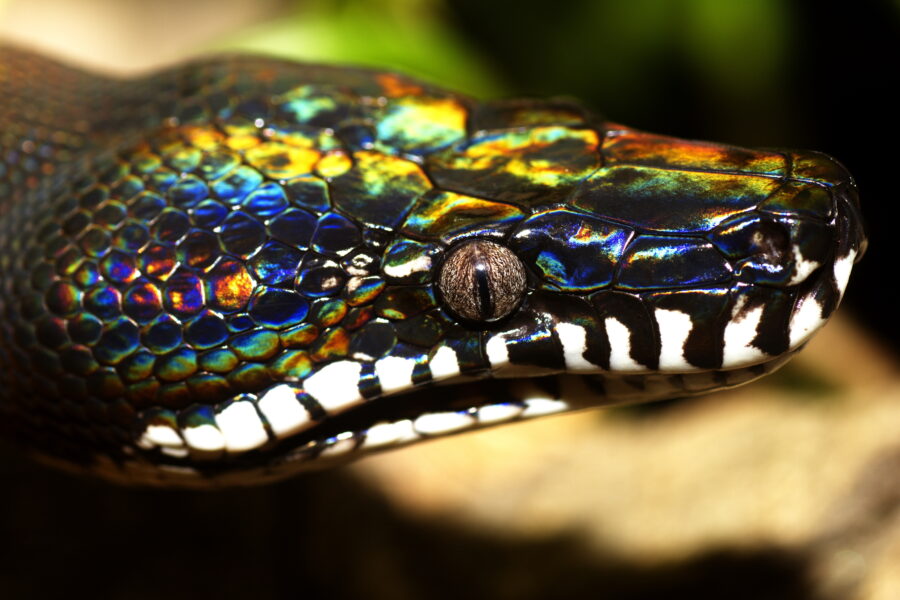
Image credit: shutterstock
As far as heads go, this is an impressive one. Belonging to the brightly iridescent white-lipped python, this snake is as unique as it is beautiful.
Found throughout New Guinea, including on the islands of Salawati and Biak, Normanby, Mussau and Emirau, the white-lipped python (Bothrochilus albertisii) is a large, non-venomous snake, the females of which can grow to more than 2 metres long. There have been reports of sightings in Australia, too, on a few of the tiny islands in the Torres Strait.
Also known as the D’Albertis python, it’s been named in honour of Italian explorer, Luigi D’Albertis, who undertook three voyages up the Fly River of Papua New Guinea between 1875 and 1877, the second of which was chartered from the NSW Government.
The snake’s scales are almost entirely patternless, except for the distinctive white bands that run along its mouth. Its body is a rich golden colour:
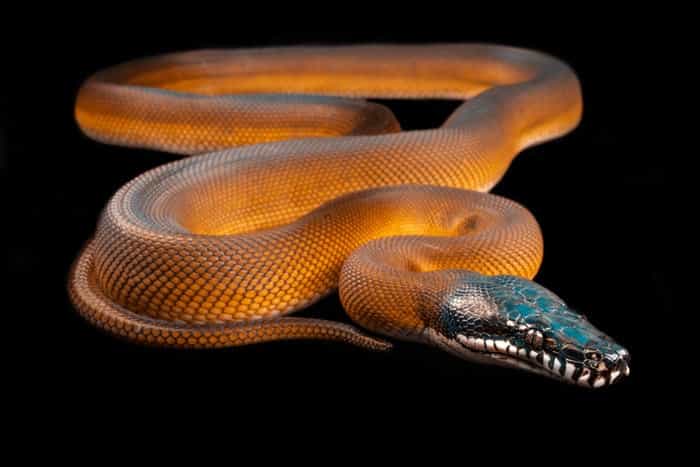
(Image credit: Sibons photography/Alamy Stock Photo)
What this species lacks in patterning, it makes up for in rainbow sheen. Just like the sunbeam snakes of Southeast Asia, the white-lipped python’s iridescence is caused by nanostructures in the scales called iridophores, which contain microscopic layers that refract light as it bounces between them.
This refraction creates a sheen that’s intensified by a layer of dark pigmentation that runs beneath the surface of the scales, giving the white-lipped python’s scales a violet undertone that contrasts beautifully with the gold:
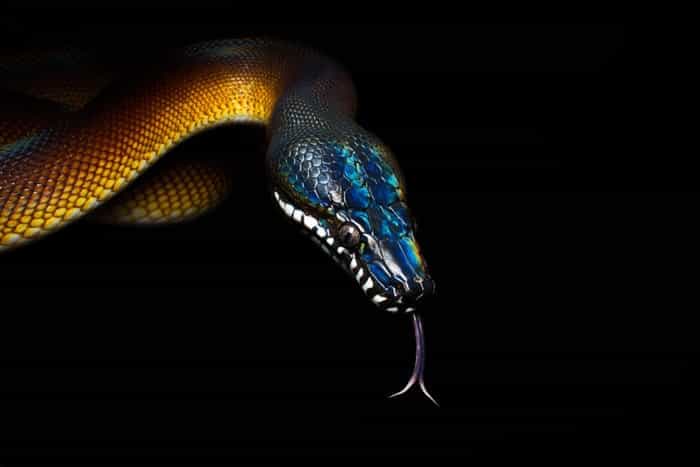
(Image credit: Sibons photography/Alamy Stock Photo)
Formerly classified as Leiopython albertisii (and you’ll still see references to that name today), the white-lipped python tends to be aggressive in the wild, but can be quite docile while raised in captivity. It will come as no surprise that the species is a favourite among collectors.
While the species is not under threat, its population is in decline, so it’s definitely one to watch closely.
